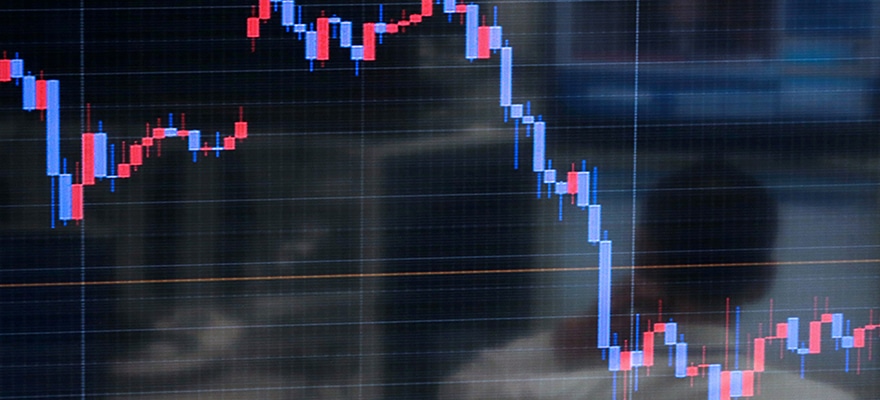Blake Morrow from Trading Views talks about stop losses when trading forex.
He begins, “There is nothing I hate more than getting stopped out of the market. I can stomach being wrong. Heck, I make losing trades all the time. But for me, there is nothing worse than getting stopped out of a trade, only to realize that if I had had my stops a "little wider" I would have made money. I had the trend nailed, but unfortunately I just kept my stops too tight. Not only have I have officially locked in a loss, but also added to some other traders P/L...the "P" part.”
Everyone knows how annoying it is when you get stopped out, just about, only for the trade to head in the right direction, robbing you of valuable pips. But, does this mean one should alter one’s stops?
Blake then mentions, “I have come to this conclusion: I have been trading for 15 years, and I know when I am wrong and I am willing to accept losses. New traders have a difficult time with this. I know exactly at what point I need to get out! That is what differentiates me and other successful traders from the rest of the traders who may be struggling.”
Understandable. Anyone with that many years experience will have a pretty good idea of when to get out. It’s unlikely someone’s been trading for fifteen years but still hasn’t mastered exits.
But how about the rest of us? Hardly anyone reading this post has that much experience and wisdom, so what nuggets does he have for us? Well, as he continues…
“The first question I always get is, "Well Blake, how wide is wide enough?" That's a good question. For me, it really is dependent on the pair. My first course of action is to understand what the normal daily trading range (ATR- Average True Range) is for the pair. This is priority No. 1.”
Average True Range – how many of us use this to determine our stops? Blake thinks it’s the first priority, I’m not totally with that, but I do acknowledge it can be useful – it depends what kind of trading system you’re using. For some it might be essential, for others, not so.
“Some of you are thinking "Wow, 100 PIPs, that is a deep stop!" Yes, it is...however I am usually a lot wider than that. The next comment is, "That is very risky!" And my answer to this is "not at all."”
To understand where Blake is coming from – visit this link.
Blake Morrow from Trading Views talks about stop losses when trading forex.
He begins, “There is nothing I hate more than getting stopped out of the market. I can stomach being wrong. Heck, I make losing trades all the time. But for me, there is nothing worse than getting stopped out of a trade, only to realize that if I had had my stops a "little wider" I would have made money. I had the trend nailed, but unfortunately I just kept my stops too tight. Not only have I have officially locked in a loss, but also added to some other traders P/L...the "P" part.”
Everyone knows how annoying it is when you get stopped out, just about, only for the trade to head in the right direction, robbing you of valuable pips. But, does this mean one should alter one’s stops?
Blake then mentions, “I have come to this conclusion: I have been trading for 15 years, and I know when I am wrong and I am willing to accept losses. New traders have a difficult time with this. I know exactly at what point I need to get out! That is what differentiates me and other successful traders from the rest of the traders who may be struggling.”
Understandable. Anyone with that many years experience will have a pretty good idea of when to get out. It’s unlikely someone’s been trading for fifteen years but still hasn’t mastered exits.
But how about the rest of us? Hardly anyone reading this post has that much experience and wisdom, so what nuggets does he have for us? Well, as he continues…
“The first question I always get is, "Well Blake, how wide is wide enough?" That's a good question. For me, it really is dependent on the pair. My first course of action is to understand what the normal daily trading range (ATR- Average True Range) is for the pair. This is priority No. 1.”
Average True Range – how many of us use this to determine our stops? Blake thinks it’s the first priority, I’m not totally with that, but I do acknowledge it can be useful – it depends what kind of trading system you’re using. For some it might be essential, for others, not so.
“Some of you are thinking "Wow, 100 PIPs, that is a deep stop!" Yes, it is...however I am usually a lot wider than that. The next comment is, "That is very risky!" And my answer to this is "not at all."”
To understand where Blake is coming from – visit this link.






















